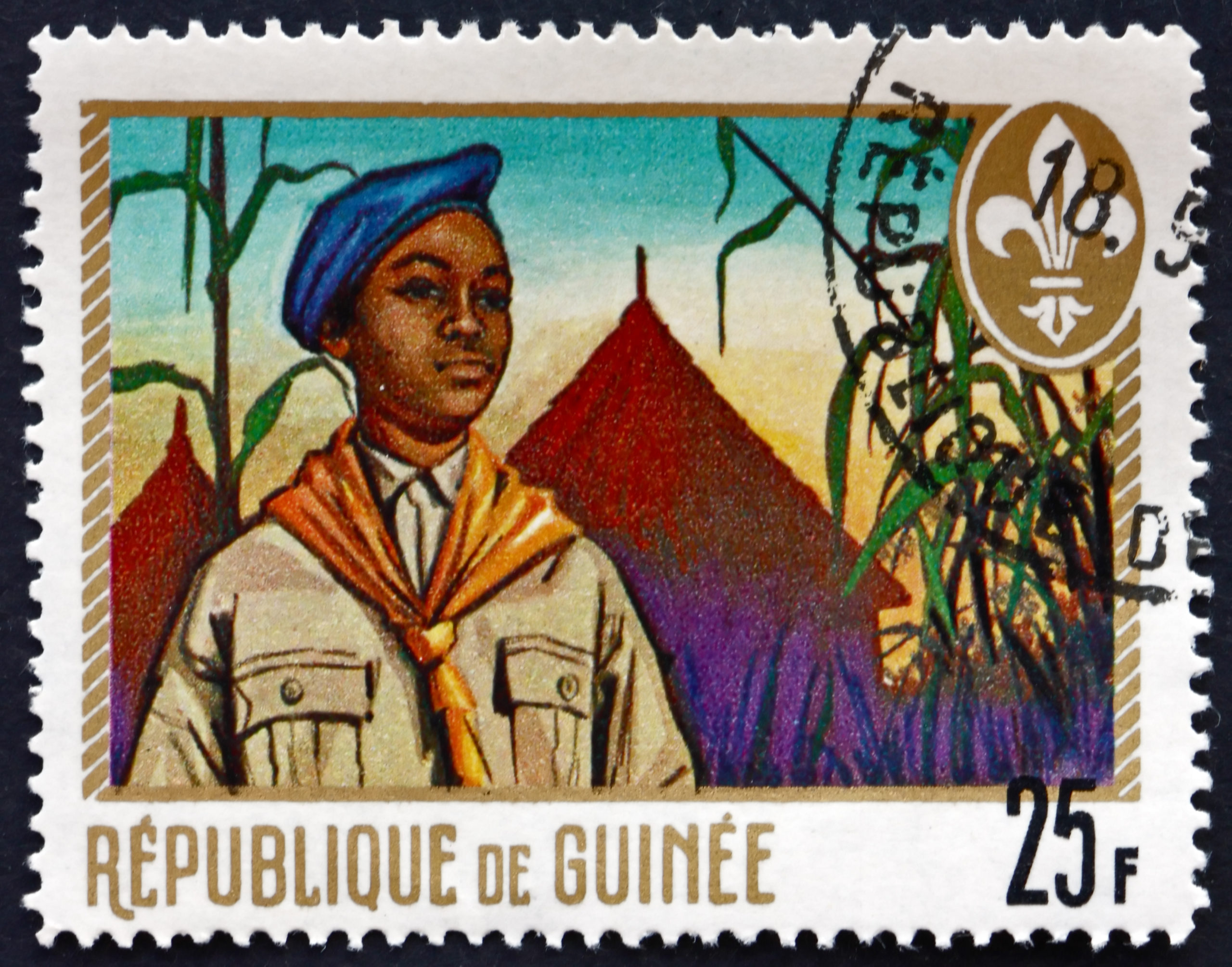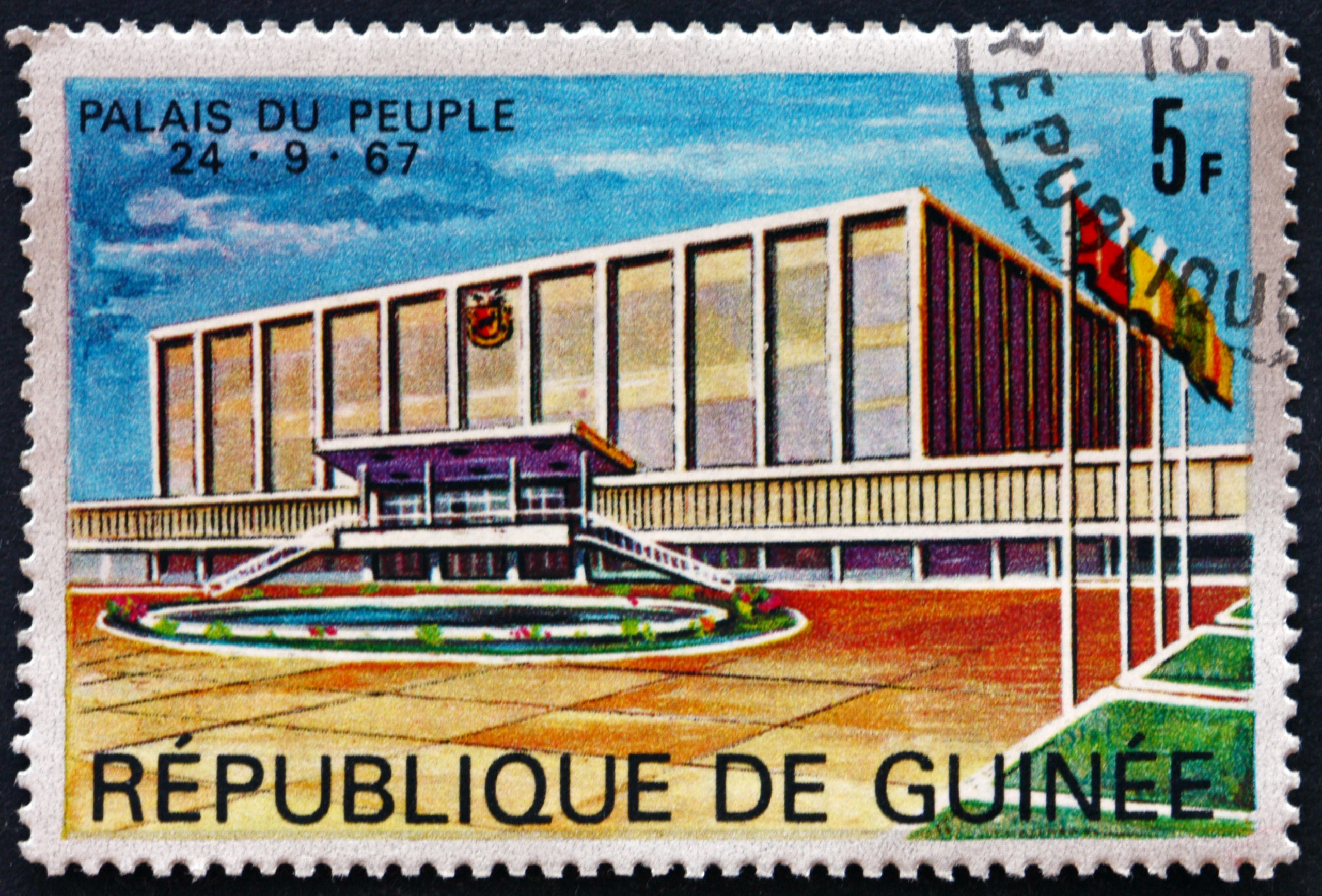GUINEA
Basic Information About Guinea:
Population: The population of Guinea is 13,090,030.
GDP: $15.0 billion (2016)
Climate: The climate is tropical and humid with a wet and a dry season. Guinea is one of the wettest countries in West Africa. The monsoon season with a southwesterly wind lasts from June to November; The dry season with a northeasterly harmattan lasts from December to May.
People: The population of Guinea comprises about 24 ethnic groups. The Mandinka, also known as Mandingo or Malinké, comprise 35% of the population and are mostly found in eastern Guinea concentrated around the Kankan and Kissidougou prefectures. The Fulas or Fulani (French: Peuls; Fula: Fulɓe), comprise 40% of the population and are mostly found in the Futa Djallon region.
The Soussou, comprising 10% of the populations are predominantly in western areas around the capital Conakry, Forécariah, and Kindia. Smaller ethnic groups make up the remaining 17% of the population, including Kpelle, Kissi, Zialo, Toma and others. Approximately 10,000 non-Africans live in Guinea, predominantly Lebanese, French, and other Europeans.
Religion: Guinea is approximately 85 percent Muslim, 8 percent Christian, with 7 percent adhering to indigenous religious beliefs. Much of the population, both Muslim and Christian, also incorporate indigenous African beliefs into their outlook.
Capital: Conakry is Guinea’s capital, largest city, and economic centre. Nzérékoré, located in the Guinée forestière region in Southern Guinea, is the second largest city.
Language: The Republic of Guinea is a multilingual country, with over 40 languages spoken. The official language is French, which was inherited from colonial rule.
Currency: The Guinean Franc is the currency of Guinea.
Time Zone: UTC+00:00



